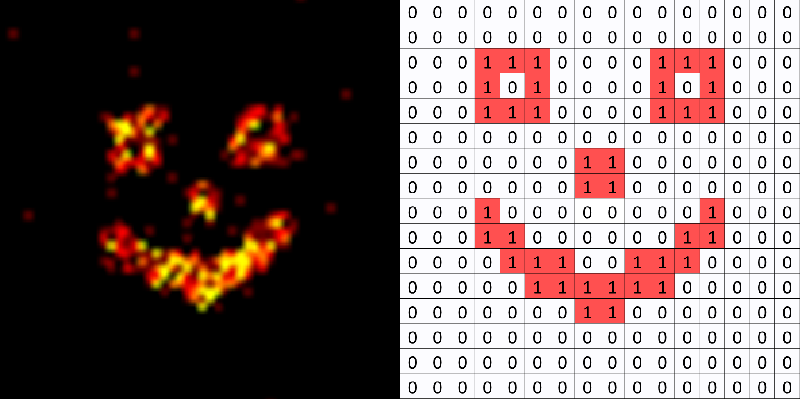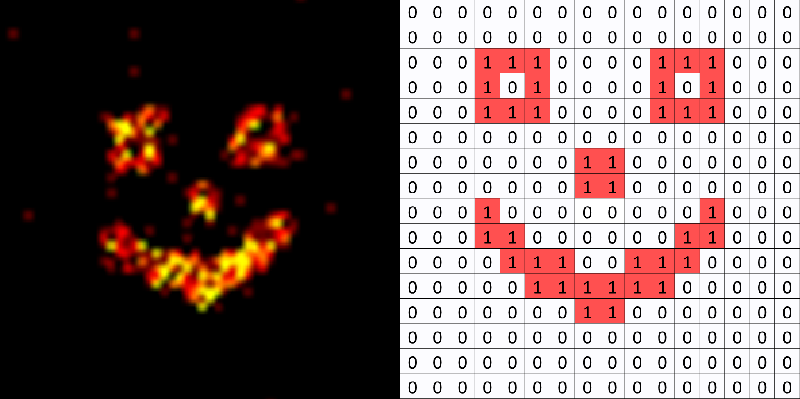How to Guide Each Ion in a Beam
Ion beams have become increasingly important for imaging, probing, and fabricating devices and structures at scales of tens of nanometers or less, but more precision is needed as those items continue to shrink. A new experiment has demonstrated a scheme for predicting the trajectories of individual beam particles from the onset of ionization and then using that information to steer each ion to a selected location. With further improvements, the system could make single-atom devices and exploitation of their quantum properties more common in future electronics, spectroscopy, and nanostructures, say the technique’s developers.
Although ion beams were devised about 50 years ago, it has only been in the past few years that experts have explored controlling beam behaviors and effects in a more prescriptive (or “deterministic”) manner. For instance, they can control the exact number of particles an ion source will fire at a target and the time at which each particle will be fired. Several teams of experimenters have recently added sensors, feedback loops, and electronic shutters to ion sources to create deterministic ion beams in which circuitry makes decisions for each ion, such as whether it may exit the source.
In a proof-of-principle experiment, Yan Picard and his colleagues at the University of Paris-Sud in Orsay, France, have now extended the control of a deterministic beam well past the ion source, directing the path of each emitted ion all the way to a chosen location on the target. To simplify the task, the team produced ions at a low rate (approximately 1000 per second), so that there was only one ion in the beam at a time. They generated these ions with a standard technique: applying an electric field across a beam of cesium atoms and illuminating a portion of it with lasers whose light excited occasional ionizations.
Each ionization produced an electron-ion pair that was quickly separated by the electric field, which propelled the particles in opposite directions. The lightweight electron arrived at its detector in just 20 nanoseconds, whereas the heavier ion took more than 300 times longer to reach its detector. That delay gave time for electronic circuits to use readings of the electron’s arrival to calculate the ion’s course. Next, the system applied appropriate voltages to plates above, below, and on both sides of the ion beam to steer the ion to any desired location on its detector. “We added a brand new scheme, which is to control the ion trajectory,” says team member Daniel Comparat.
When used to nudge each ion individually onto the same path, the technique slashed the ion beam’s width by a factor of 30 along both the horizontal and vertical axes, the team reports. To show the versatility of the scheme, the researchers imaged several patterns of particles on the ion detector, including a “smiley face” icon. Correcting individual ions’ paths can also eliminate chromatic and geometric aberrations of beams introduced by electromagnetic lenses and other causes, says team member Azer Trimeche.
The demonstration involved an ion beam with a width measured in millimeters and targeting accuracies of tens of micrometers, but the usual scales for commercial ion beams are much smaller. The team’s simulations indicate that, with many further refinements, reduction of the beam’s diameter to subnanometer dimensions is possible.
This work is “a major step towards a next-generation technology,” says atomic physicist Robert Scholten of the University of Melbourne in Australia. The trajectory control technique “provides a promising pathway to achieving higher resolution,” he says.
Jabez McClelland of the National Institute of Standards and Technology in Gaithersburg, Maryland, says the experiments have introduced “a really clever way to control exactly where each ion goes.” However, by the researchers’ own reckoning, a beam bright enough for practical use (a 1 picoampere beam, meaning about 10 million ions per second), would require a 10,000-fold speedup of their feedback system. Such an acceleration would be “very difficult, if not impossible,” McClelland says.
But Comparat disagrees. “We are very confident that 1 picoampere is feasible,” he says, acknowledging that “several steps are indeed required to speed up the process and reach the picoampere regime.” Those steps could include speedier detectors and electronics and different electrode architectures, he says, “without telling all our secrets.”
This research is published in Physical Review Applied.
–Peter Weiss
Peter Weiss is a freelance science reporter and editor in Washington, D. C.





